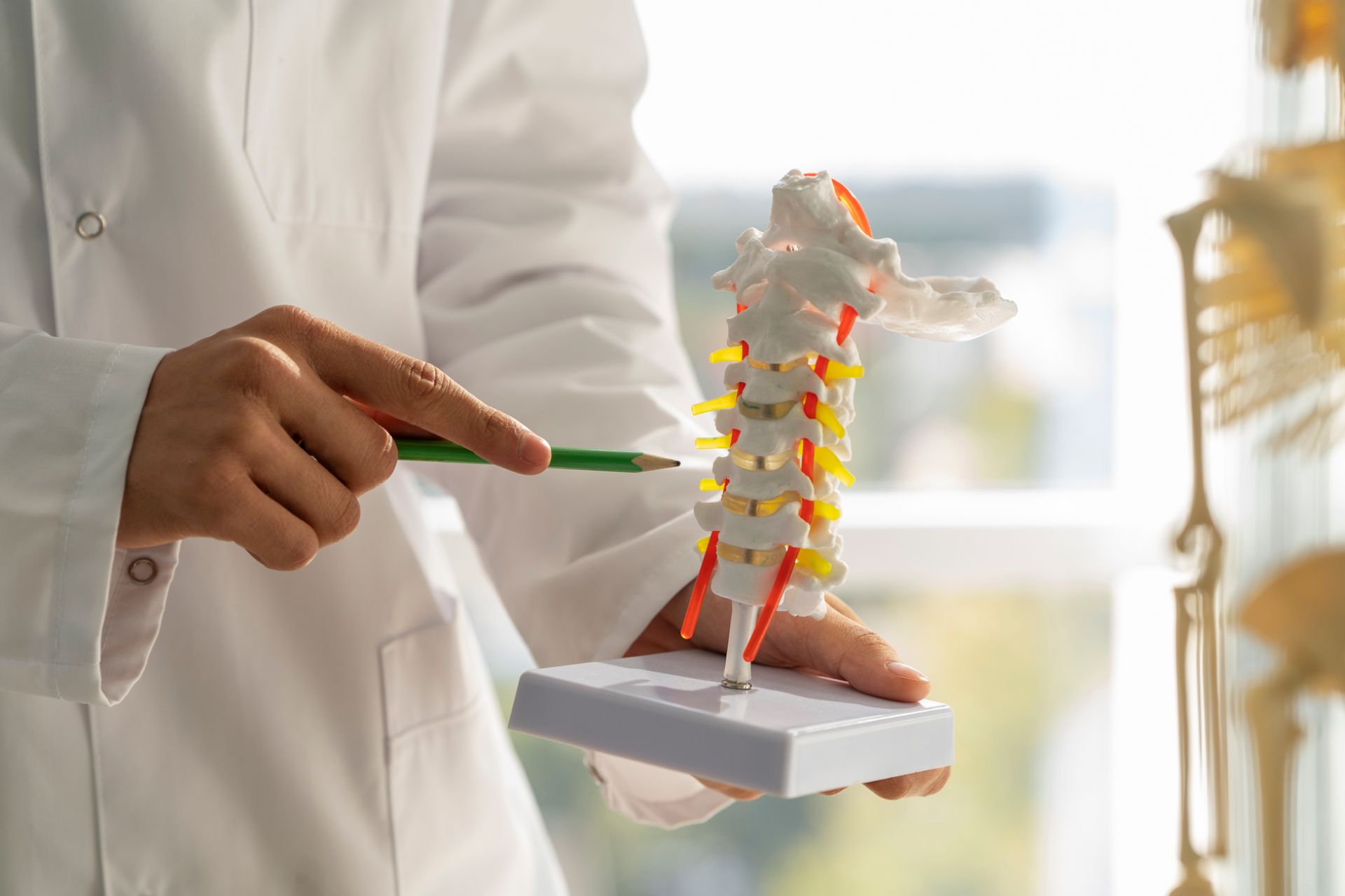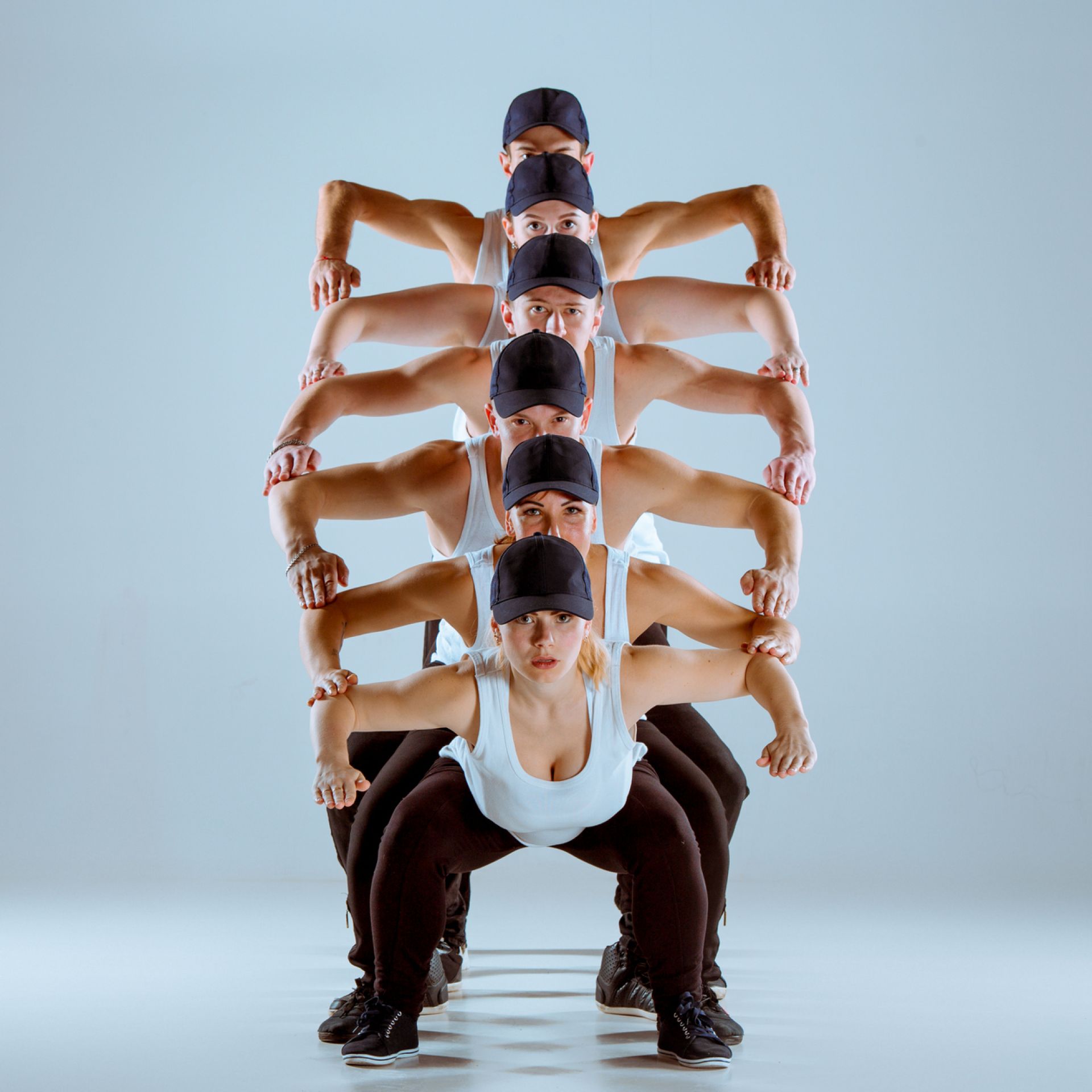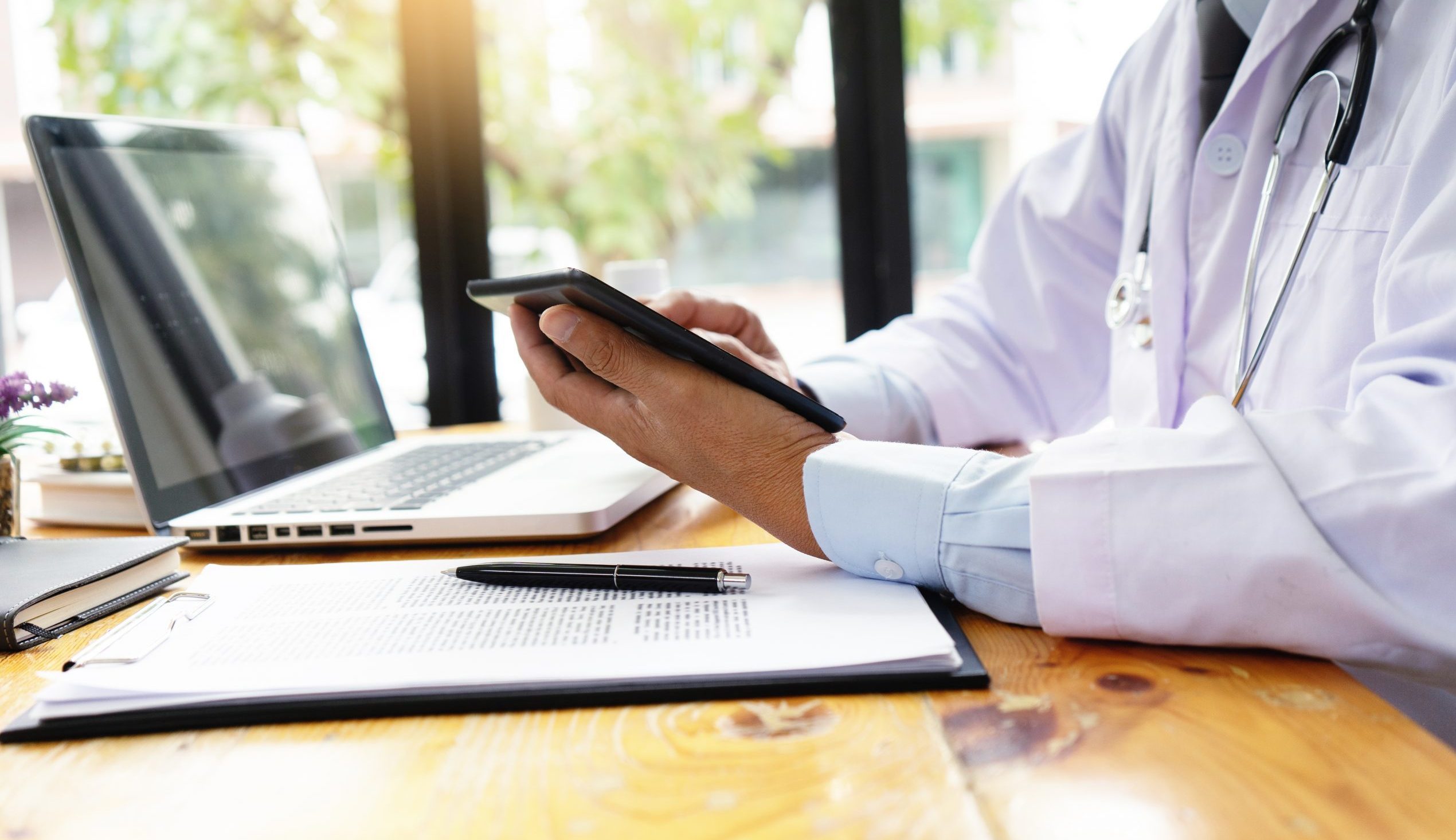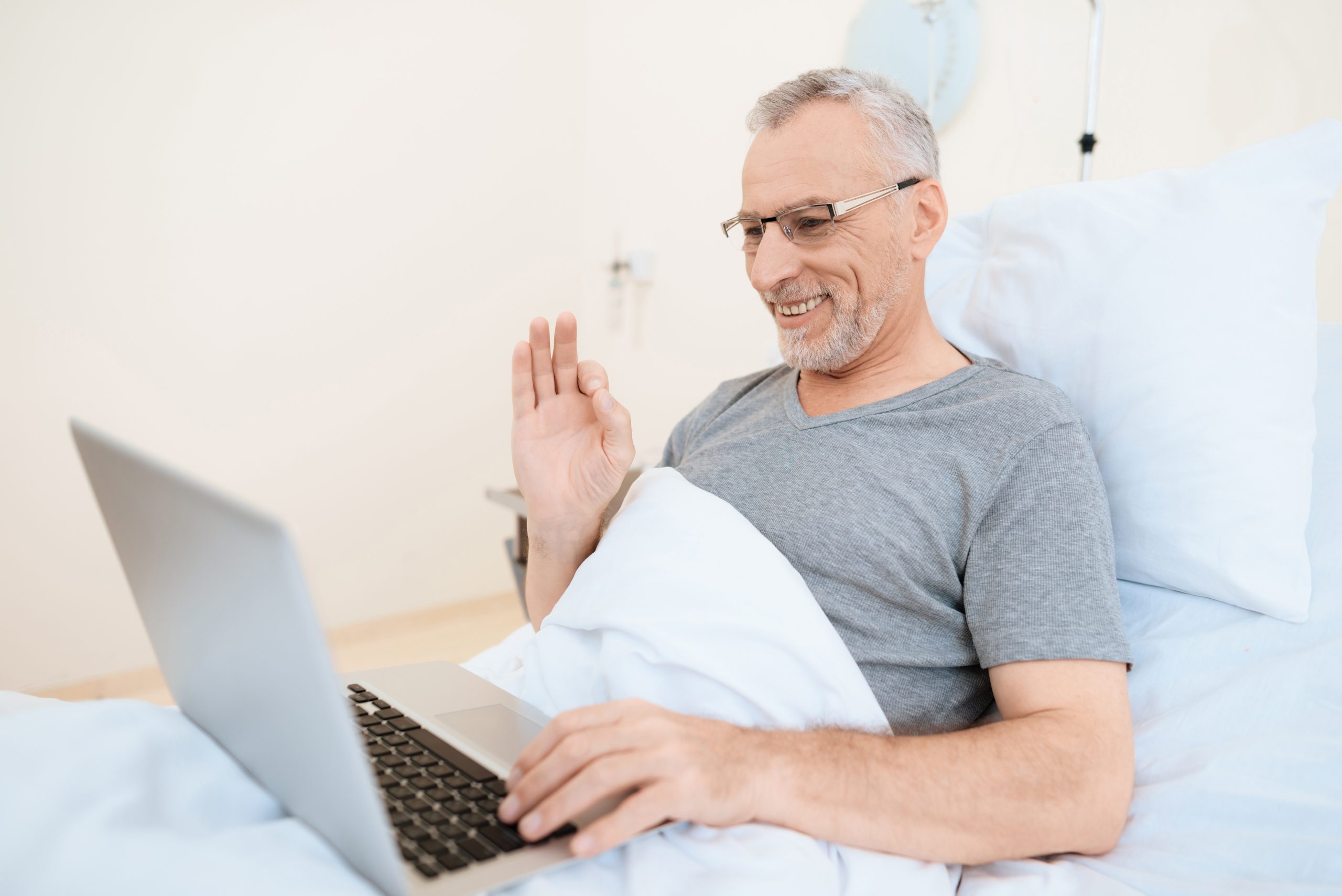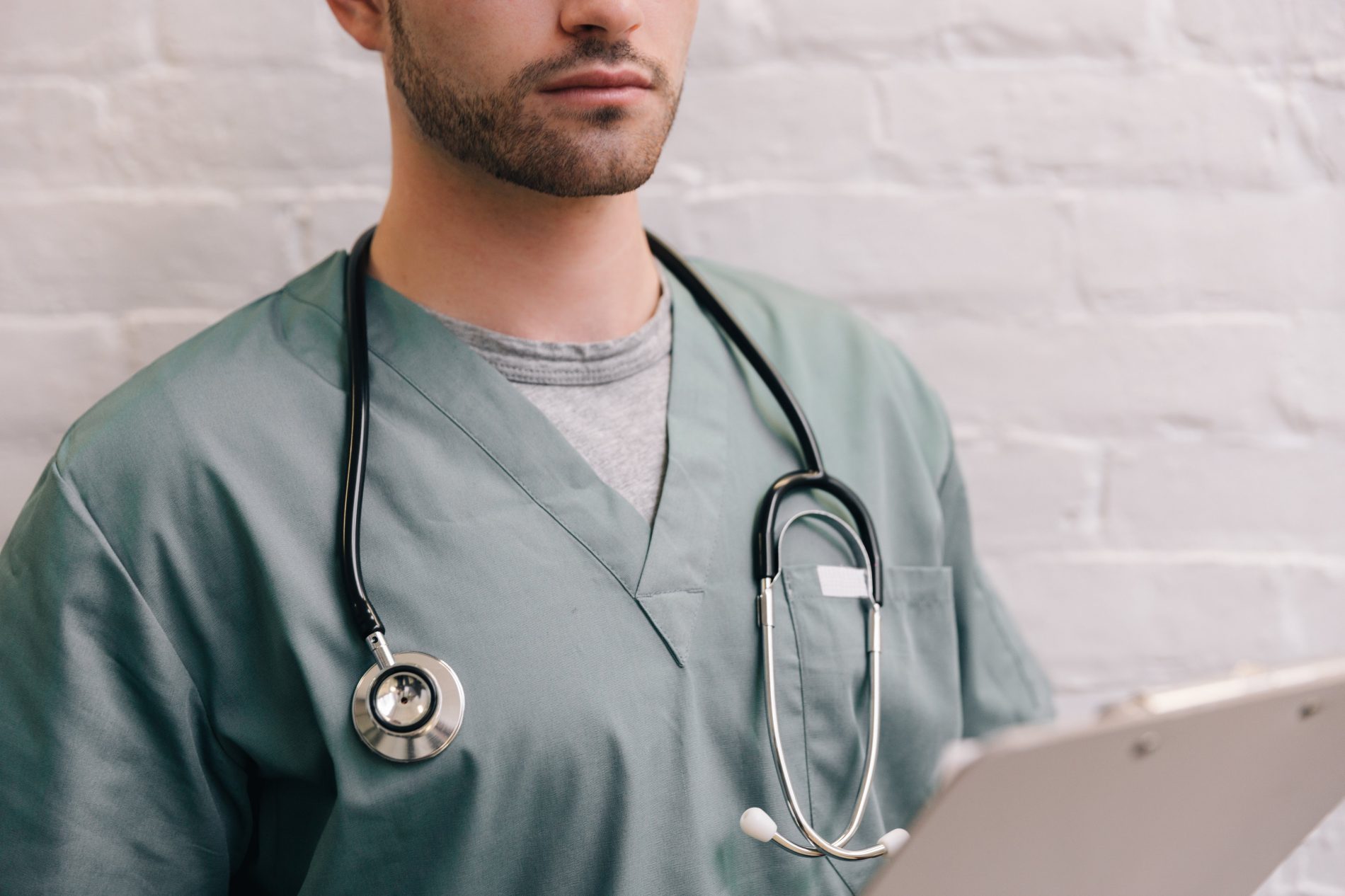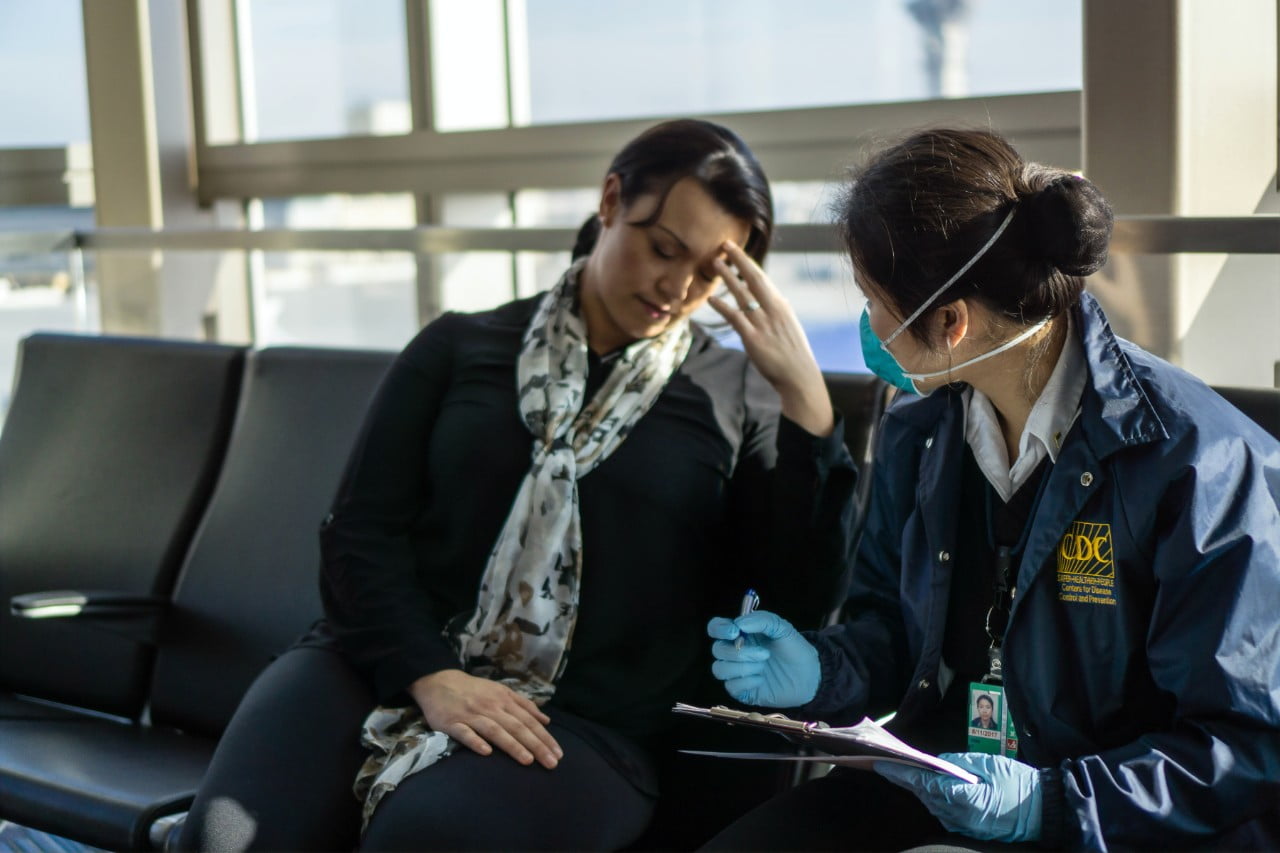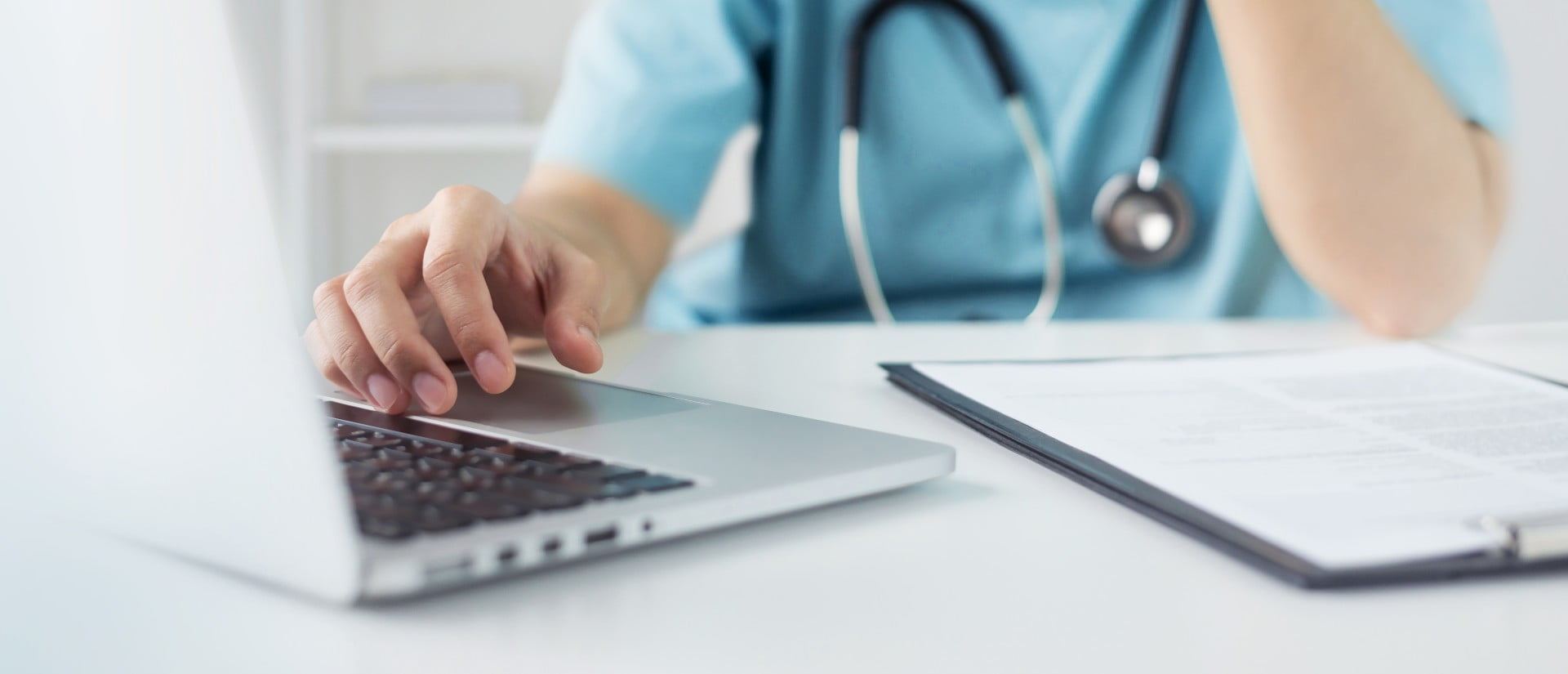Dr. Ana
Maria Ioniță, neurosurgeon, answers the most frequently asked questions about
herniated disks; its causes and prevention. If you have any questions related
to herniated disk, you can discuss them with Dr. Ioniță in an onlineconsultation.
"The
spine is formed by the overlap of vertebrae which are made up of the vertebral
body (the front cylindrical part) and the back part, made up of a circular arc.
By overlapping the arcs of the posterior/back, the spinal canal is formed
through which the spinal cord passes. In the front/anterior part, the vertebral
bodies have between them vertebral discs (cartilaginous formations) that give
mobility to the spine. Sometimes, it can happen that one of these
intervertebral discs breaks and fragments of it migrate posteriorly towards the
spinal cord or to the side of the canal where the spinal nerves are located
(they have the role of controlling the whole body from a motor and sensory
point of view ). If something like this happens, it means that the disc fragment
that has reached this posterior area compresses the spinal nerve or even the
spinal cord, which translates into motor and sensory impairment of a part of
the body or the whole body", explains dr Ioniță.
Risk
factors of herniated disk
1.
Mechanical factors – lifting very heavy weights can lead to increased
compression of the intervertebral discs and the migration of some fragments to
the spinal nerves.
2.
Dehydration – discs are made up mostly of water; intervertebral discs are made
up of collagen proteoglycans that hold water.
3. Aging -
can cause collagen levels to drop resulting in a decrease of water levels and
the core of these discs to break down.
4. Smoking
influences the degree of hydration of the intervertebral discs, as tobacco
causes the constriction of blood vessels, and the body gives more water to the
intervertebral discs.
5. Prolonged
sitting, sedentarism. Herniated disk is quite common in those who sit a lot at
their office desk, those who do not exercise, and professional drivers. The
spine is loaded with weight and compression occurs that limits mobility and
over time can lead to a ruptured intervertebral disc.
6. Genetic
factors. Patients who have genetic diseases that affect the quality of collagen
may have more or less laxity of the spine and damage to the intervertebral
discs, for example patients with Ehlers-Danlos disease are likely to experience
disc herniation more quickly.
Symptoms
of herniated disk
a. Cervical
hernias give pain in the posterior neck, with migration to the hands.
b. Thoracic
hernias hurt in the belt, the pain migrating intercostal; the pain starts in
the back and goes in the front between the ribs.
c. Lumbar
hernias hurt in the back area, the lower part, the pain usually migrates to one
of the legs or even to both.
d. Any type
of hernia causes tingling and numbness along the path of the affected nerve.
e. Hernias
also cause motor deficits, the nerve segment compressed by the hernia no longer
does its job affecting the adjacent muscles, the patient no longer has strength
in the hand/hands or in the leg/feet, etc.
Clinical
investigations should be done as soon as the pain appears. The more the medical
appointment is delayed the more difficult the treatment could be.
"Usually, when a motor deficit also sets in, once it has set in, the
possibility of returning to a healthy form, postoperatively, is quite small,
the recovery can be quite difficult, and the patient can even remain paralyzed
for the rest of his/her life ”, says dr Ioniță.
Prevention
is much better than intervention
• Avoid
lifting very heavy weights
• Lift
weights correctly. Do not lean forward with all your body to lift a weight from
the bottom, but squat down slightly, grab the weight and lift it by contracting
the abdominal muscles very well to protect the spine as much as possible.
• If you
have no training, do not lift more than 5 kg at a time.
• If you sit
at your desk a lot, do you get up from time to time and do a little movements
to relax your spine muscles.
• People who
are overweight should lose weight, because the extra pounds lead to axial
loading and damage to the spine.
• Hydrate
properly and quit smoking!
If you want
to know more about herniated disk you can quickly get an answer through an
online consultation without the need to go to a doctor's office. The doctor can
assess your symptoms and recommend what investigations are needed (CT or MRI)
and could also look at the investigations that you have already done, may refer
you to the emergency room or recommend that you go to a neurologist or
neurosurgeon for a full neurosurgical evaluation. So, instead of searching on
Google when you have a minor accident, it is better to ask a doctor online in
the first place.
Keep in
mind
• Herniated
disk target any segment of the spine (neck/cervical, thoracic or lumbar).
• The most
common herniated disk are at the lumbar level. All hernias, in addition to
pain, are accompanied by numbness and tingling along the path of the affected
nerve, so the patient may have numb fingers or toes.
• If you
want to have a second opinion of a diagnosis you already have, you are just a
click away from an online consultation with a neurosurgeon.

